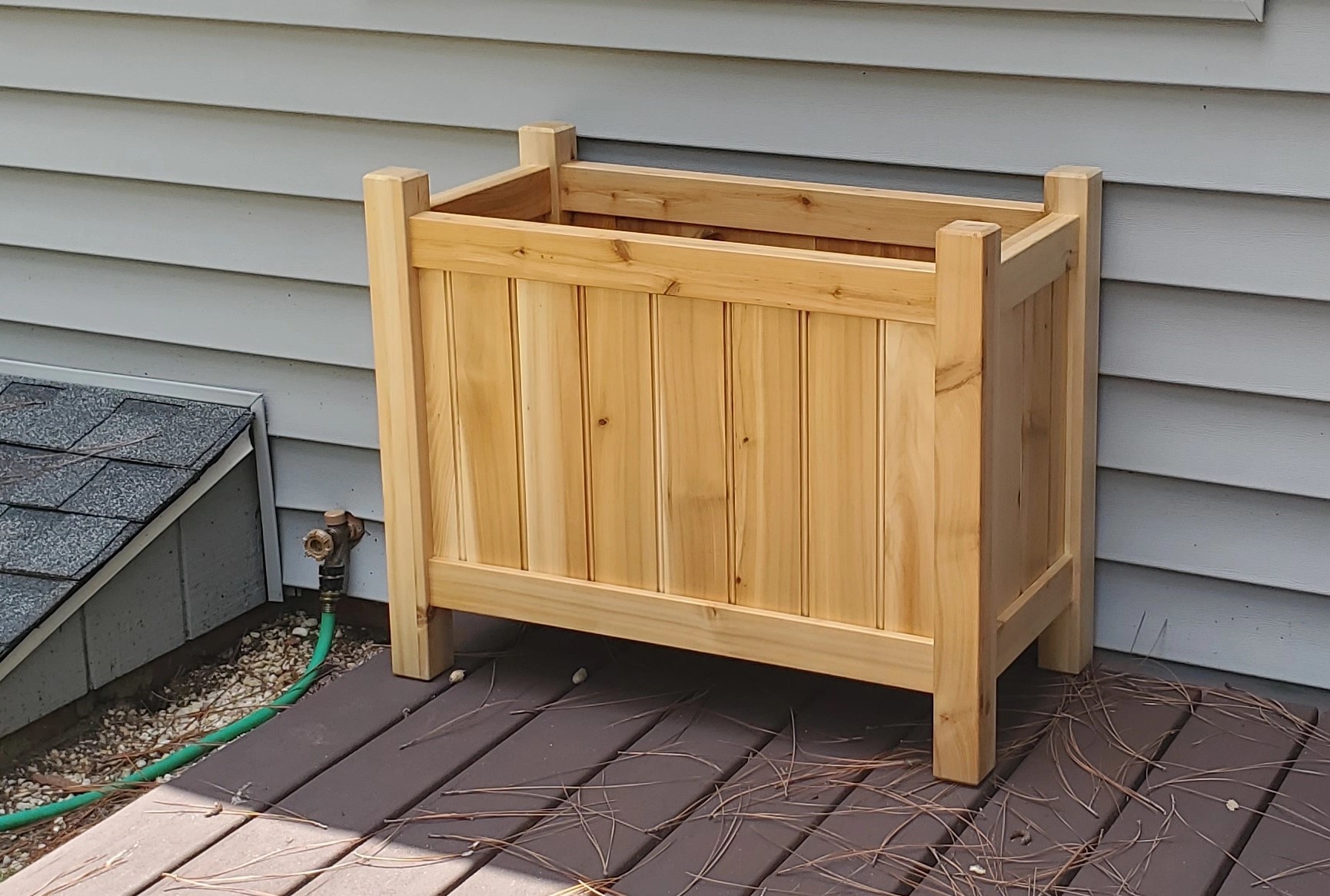This is my first piece of furniture with hand-cut mortise-and-tenon joinery. It’s far from perfect, but I managed to hide most of the imperfections inside the frame.
I finished it with 50/50 beeswax and mineral oil.
I think the table top and long aprons are cherry, with two strips of what may be oak in the table top? It was in the miscellaneous pile at my community workshop, so your guys is as good as mine. The legs and short apron are sapele, which is probably my favorite wood when it’s finished, it’s unbelievably lustrous in person.
Happy to answer an questions, otherwise, I just wanted to share the first thing I’ve ever made that I didn’t finish and immediately tear apart all the mistakes I made, I’m genuinely pleased with this one!


I’m not proud of it, but I got like six little, ~2", brass-plated L-brackets from home depot and attached them along the long sides.
It’s not ideal because TECHNICALLY wood movement could be an issue, but movement with the grain is minimal, and I needed to just get the thing done so I risked it. No issues yet and it has been in my basement (which has pretty significant humidity swings) for probably a year now.
Also, but a dumb question, I reached this exact point in the build, when I had a frame and a top and was like…well now what?
It turned out fantastic either way, and I don’t think anyone will turn you into the woood police.
Yeah, it’s surprising how little information there is to be found on how that was traditionally attached prior to hardware. I thought wood pegs and holes might work but havent tried it yet. I saw one design that had the legs go up flush to the table top and the top was notched and dropped into the legs.